Hollywood Production Halts As SAG-AFTRA Joins WGA On Strike
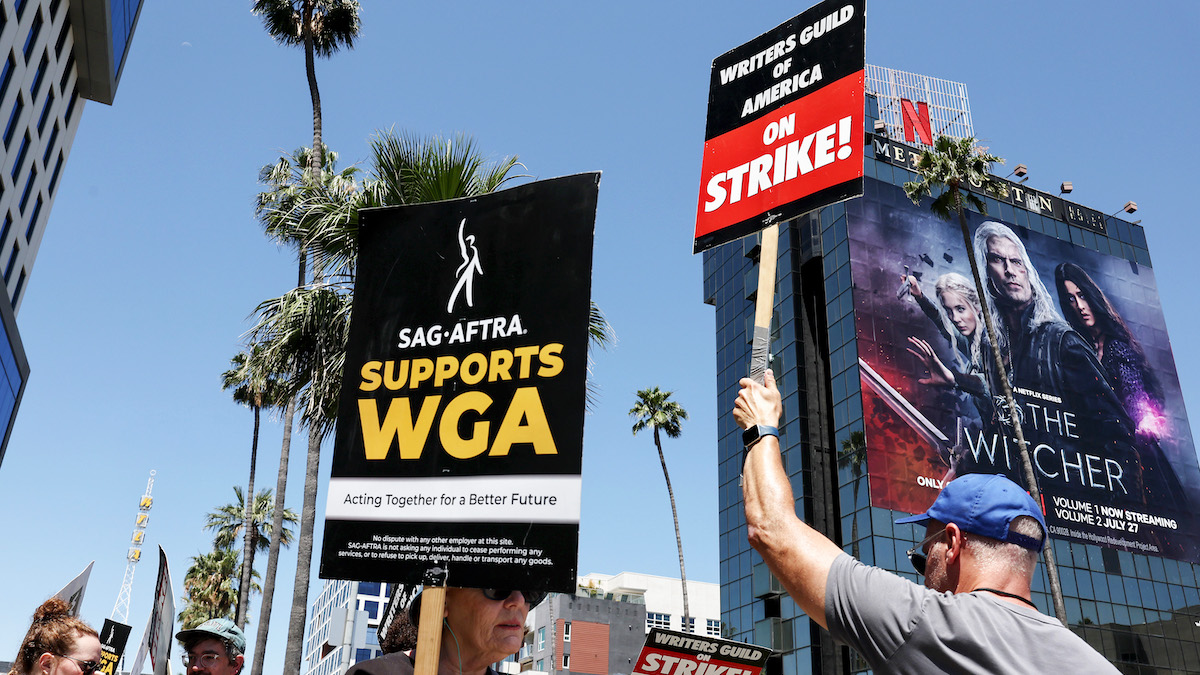
Table of Contents
The SAG-AFTRA Strike: Key Demands and Concerns
SAG-AFTRA's decision to join the WGA on the picket line significantly escalates the situation. Their key demands reflect the changing landscape of the entertainment industry, particularly the challenges posed by the rise of streaming platforms and the increasing use of artificial intelligence.
Fair Wages and Residuals in the Streaming Era
One of the central issues fueling the SAG-AFTRA strike is the drastic decline in residuals for actors working on streaming platforms. Traditional television and film models provided actors with substantial backend payments based on a show's success. Streaming services, however, often offer significantly lower residuals, or none at all, even for highly successful programs.
- Streaming services often operate on subscription models, generating revenue differently than traditional broadcast television. This directly impacts the way actors are compensated.
- SAG-AFTRA is demanding a fairer share of streaming revenue, arguing that actors should receive residuals proportionate to the success and reach of their projects on platforms like Netflix, Disney+, and Amazon Prime Video.
- Specific demands include increased minimum payments, particularly for streaming projects, and a more transparent system for calculating residuals based on viewership and platform profitability.
AI and the Future of Acting
The rapid advancements in artificial intelligence are another major concern for SAG-AFTRA. The union is deeply worried about the potential for AI to replace human actors, undermining their livelihoods and diminishing the value of their artistic contributions.
- SAG-AFTRA is seeking clear regulations and safeguards to prevent the unauthorized use of actors' likenesses and performances in AI-generated content.
- Concerns extend to the potential for AI to create "digital doubles" of actors without their consent or compensation.
- The union is pushing for a system that fairly compensates actors for the use of their data and likeness in AI-driven projects.
Working Conditions and Safety
Beyond compensation, SAG-AFTRA is also highlighting critical issues related to on-set working conditions and safety.
- Long working hours without adequate breaks are a common complaint.
- Insufficient safety protocols on set, particularly for stunt work and in other high-risk environments, pose significant threats to actors' well-being.
- SAG-AFTRA seeks improvements in these conditions, demanding better protections and a more equitable balance between work and rest.
The Combined Impact of the WGA and SAG-AFTRA Strikes
The simultaneous strikes by the WGA and SAG-AFTRA represent a near-total shutdown of Hollywood production. The impact is profound and far-reaching.
A Complete Production Shutdown
The combined strikes have brought virtually all film and television production to a halt. Major studios like Netflix, Disney, Warner Bros. Discovery, and others are feeling the effects.
- Numerous high-profile projects are on hold, creating substantial delays and uncertainty for the release schedules of upcoming films and television shows.
- The economic impact is estimated to be in the billions of dollars, with daily losses accumulating rapidly. This includes lost revenue for studios, production companies, and countless individuals employed across the industry.
- The duration of the shutdown is currently unknown, adding to the uncertainty and anxiety for everyone involved.
Potential Long-Term Effects on the Industry
The combined strikes have the potential to reshape the entertainment industry in profound ways.
- Contract negotiations may lead to significant changes in the way actors and writers are compensated and protected.
- The use of AI in the entertainment industry could be significantly regulated, mitigating the concerns raised by the unions.
- The strikes could alter the power dynamics within Hollywood, potentially strengthening the bargaining power of labor unions.
Conclusion
The SAG-AFTRA strike, combined with the ongoing WGA strike, represents a critical moment for the future of Hollywood. The key demands for fair wages, particularly streaming residuals, protections against AI exploitation, and improved working conditions, reflect legitimate concerns about the changing nature of the entertainment industry. The combined impact is a near-total production shutdown, with significant economic consequences and potentially transformative long-term effects. To stay updated on the latest developments in the SAG-AFTRA strike and the WGA strike, follow reputable news sources covering labor relations in the entertainment industry and visit the official websites of both unions. Supporting the striking actors and writers is crucial to ensuring a fair and sustainable future for the industry. Let's stand in solidarity with those fighting for better conditions and a more equitable Hollywood.

Featured Posts
-
 French Prosecutors Implicate Malaysias Ex Pm Najib Razak In Submarine Bribery Case
May 25, 2025
French Prosecutors Implicate Malaysias Ex Pm Najib Razak In Submarine Bribery Case
May 25, 2025 -
 Sean Penn Casts Doubt On Dylan Farrows Sexual Assault Claims Against Woody Allen
May 25, 2025
Sean Penn Casts Doubt On Dylan Farrows Sexual Assault Claims Against Woody Allen
May 25, 2025 -
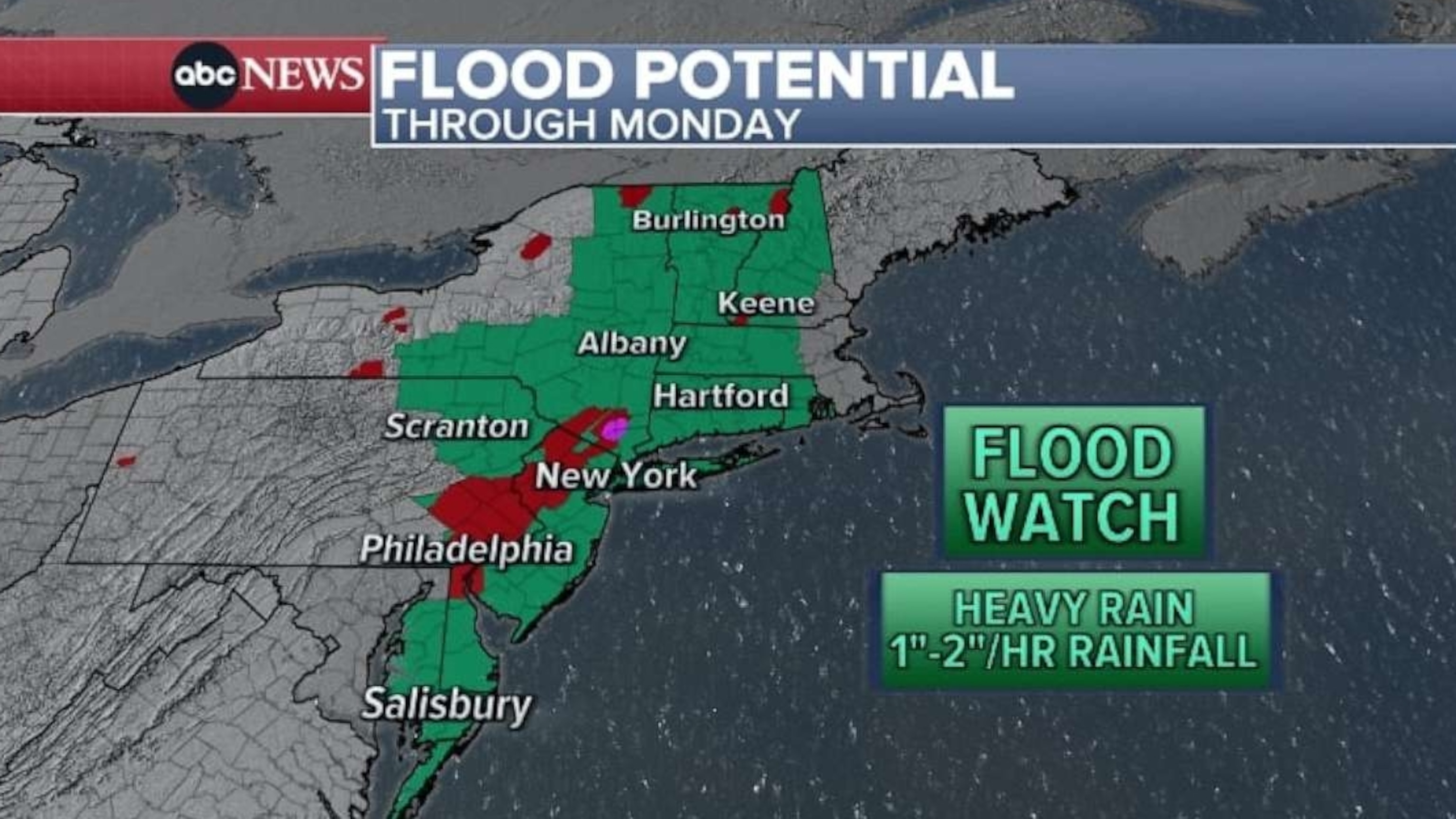 Flash Flood Warning Pennsylvania Under Heavy Rain Until Thursday
May 25, 2025
Flash Flood Warning Pennsylvania Under Heavy Rain Until Thursday
May 25, 2025 -
 Crisi Dazi Mercati In Ribasso La Ue Risponde Con Fermezza
May 25, 2025
Crisi Dazi Mercati In Ribasso La Ue Risponde Con Fermezza
May 25, 2025 -
 Your Escape To The Country Making The Transition Smoothly
May 25, 2025
Your Escape To The Country Making The Transition Smoothly
May 25, 2025
Latest Posts
-
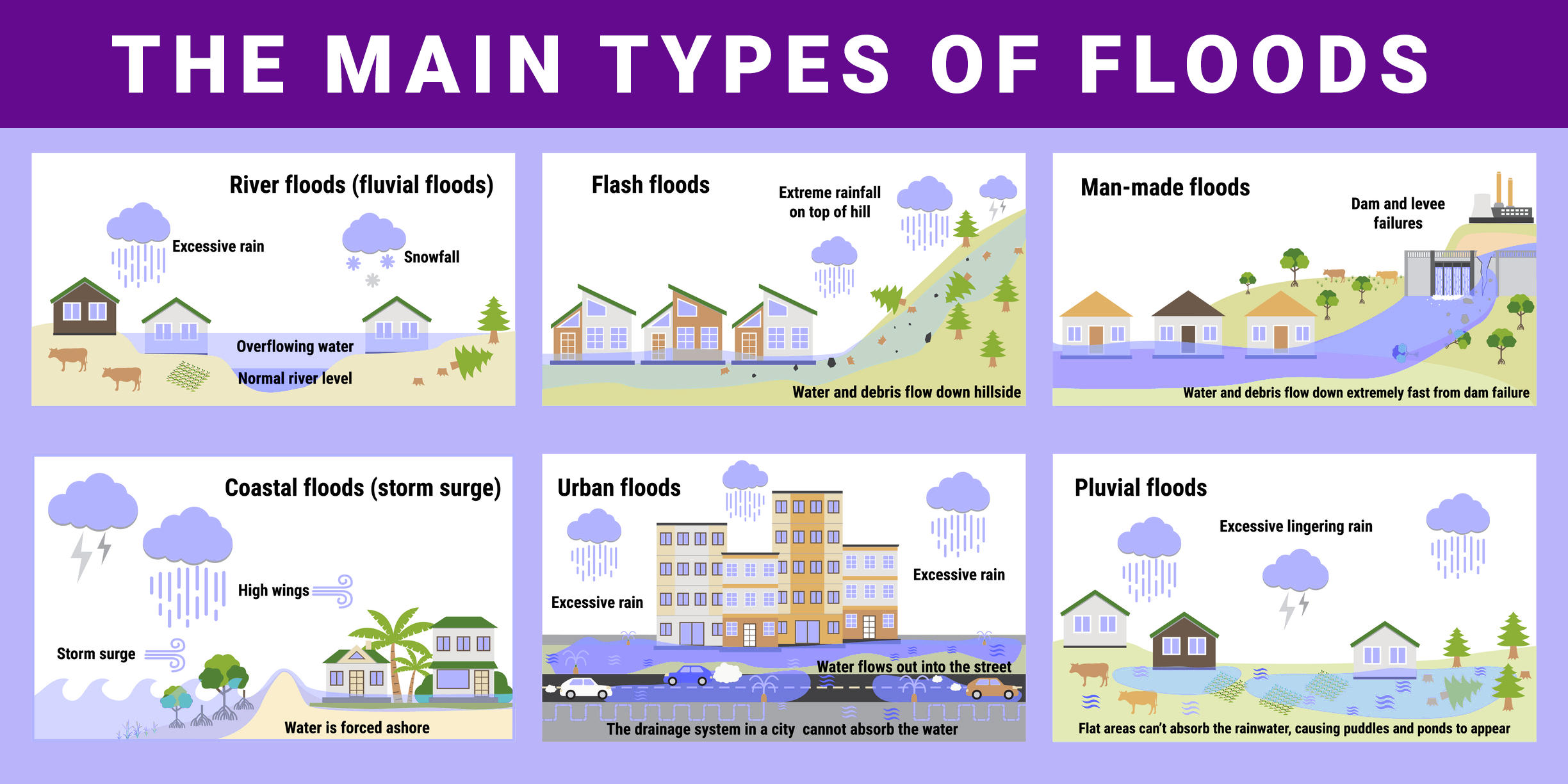 Flood Alerts Explained Types Sources And How To Respond
May 25, 2025
Flood Alerts Explained Types Sources And How To Respond
May 25, 2025 -
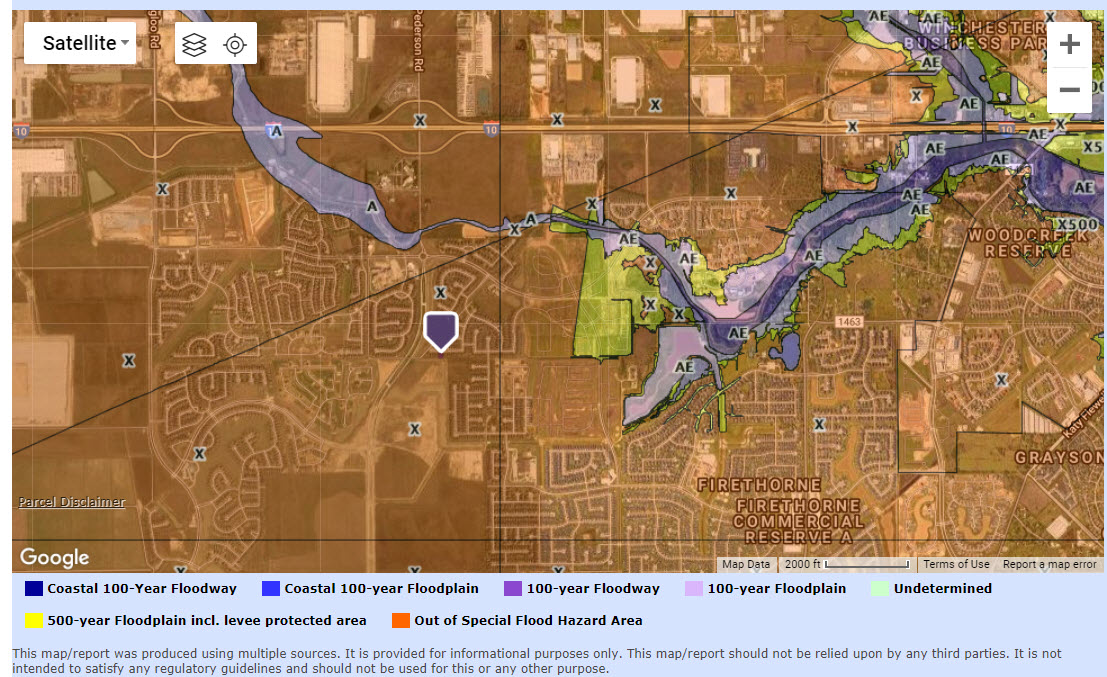 Understanding Flood Alerts A Comprehensive Guide
May 25, 2025
Understanding Flood Alerts A Comprehensive Guide
May 25, 2025 -
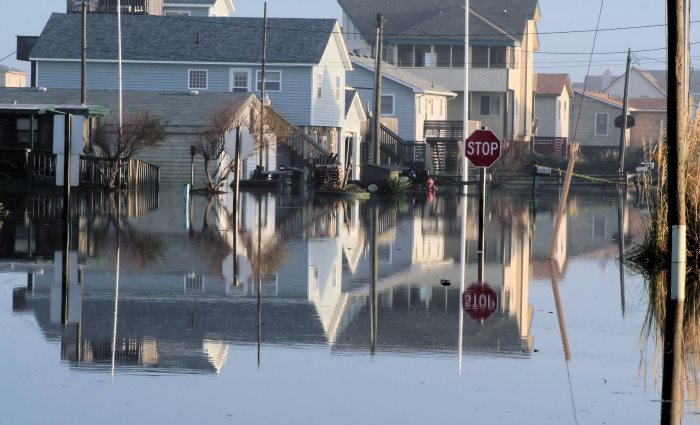 Flood Alerts Explained Understanding Flood Warnings And Staying Safe
May 25, 2025
Flood Alerts Explained Understanding Flood Warnings And Staying Safe
May 25, 2025 -
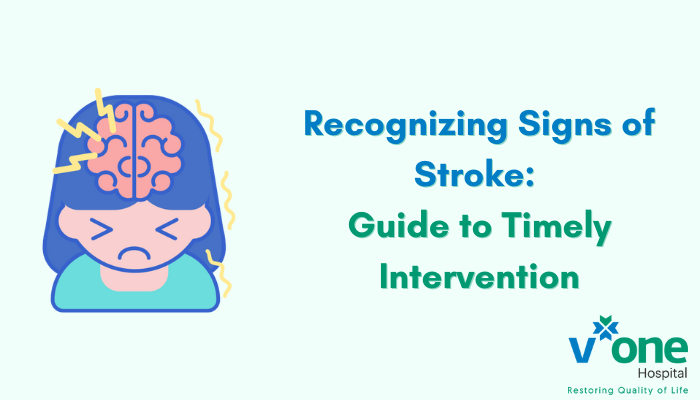 Flash Flood Emergency Recognizing The Signs And Taking Action
May 25, 2025
Flash Flood Emergency Recognizing The Signs And Taking Action
May 25, 2025 -
 Heavy Rain Triggers Flash Flood Warning In South Florida What You Need To Know
May 25, 2025
Heavy Rain Triggers Flash Flood Warning In South Florida What You Need To Know
May 25, 2025
